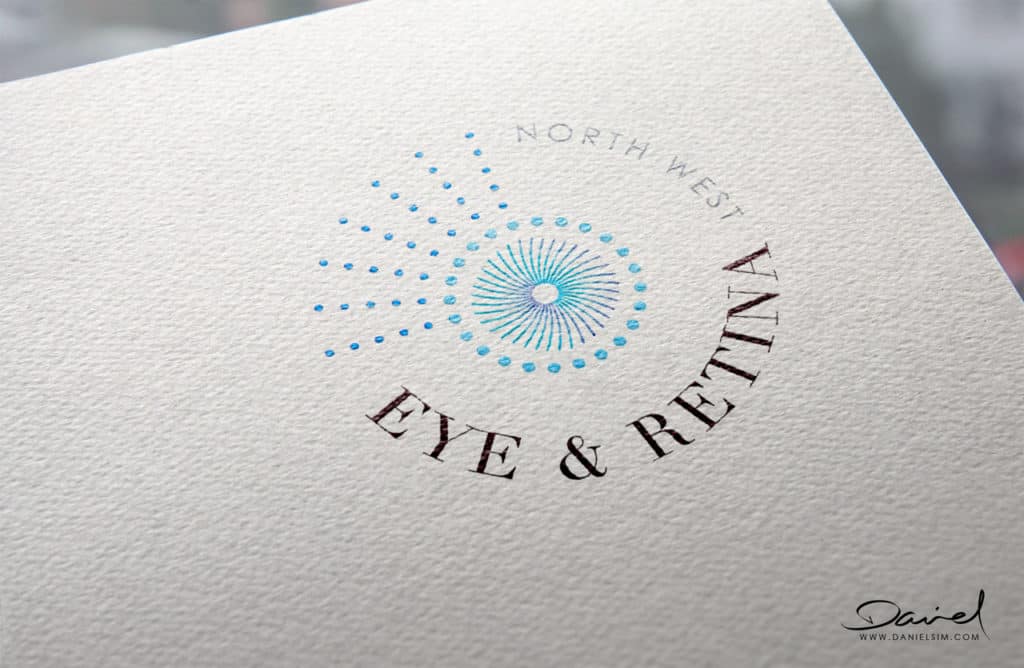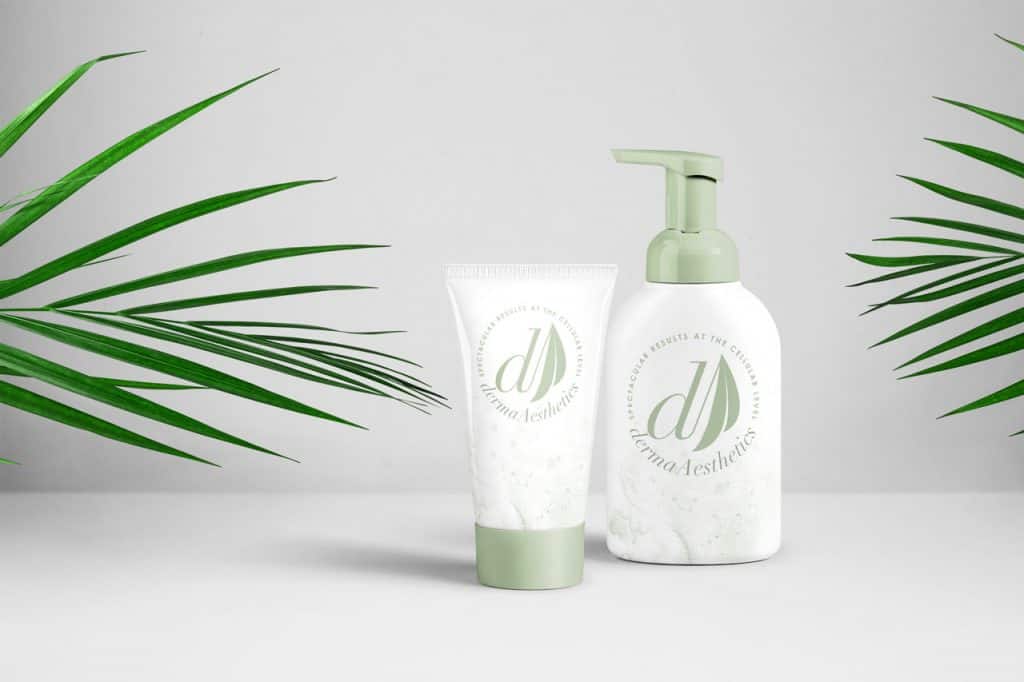“It’s green.”
“No, it’s blue.”
“Are you colour blind?”
If you’ve ever participated in that kind of conversation, you’ll know that colour is indeed in the eye – and the brain – of the beholder. We all see colours differently.
But having said that, at DSD, we take colour very seriously. This is because, regardless of variations in individual perceptions, the colours you choose for your brand and logo will give customers subliminal messages about you, your style, personality and service. And there are general colour principles that have been proven to be correct for the majority of the population, that really d help to shape people’s perceptions.
Let’s consider how advertisers use colour to help persuade people to buy their product. Similar principles can be applied to your choice of logo and website colours – and even décor colours for your premises.
Your brand automatically sends messages about your image, and the feeling of interacting with you. This is your brand personality, and it’s the context in which you need to choose your colours for maximum impact.
We’ve compiled a short check list of colour considerations.
Much as we talk about equality of gender, there are actually differences. Gender appears to play a role in colour preference. Take purple, for instance. It’s a preferred colour for women, but it just doesn’t cut it for men, and it’s a long way down their list. Generally (although there’s more variation here) men prefer bolder colours, while women gravitate towards softer hues. And men are more likely to select shades of colours (darker, i.e., with black added), while women were more receptive to tints (lighter, i.e., with white added).
People generally remember a brand or product best when it contrasts strongly with its surroundings. This principle also works for using accent colours. The more contrasting the accent colour, the better the brand recall. Another way this can work is in contrasting your brand from your competition. If your competitors largely use blue, for instance, you’ll stand out by choosing turquoise. However, there’s a note of caution here. The colour you choose in order to stand out must still send the right emotional message about your brand. Otherwise the contrast could work against you.
We associate colour with various outcomes. Have you noticed that sleeping pills are generally coloured blue, while stimulants are usually red or yellow? These are the mood colours people associate with sleeping and waking (i.e., blue = peaceful; red and yellow the colours of the sun = energy).
What type of person are you connecting with? If they’re impulsive, they’re likely to respond to bold colours such as red, royal blue, black and orange. If they’re extremely price sensitive, teal and navy blue have proved successful, and more traditionally minded people tend to favour softer colours. In other words, colours need to match our expectations for the product or service. Think red, ripe strawberries, or the soft colours of fading daylight: nature has taught us what certain colour mean, so it’s ingrained in our psyche.
Armed with those general principles, let’s delve further into the implications of colours and their impact on clients.
WHITE
The most ‘pure’ colour of all is white. It’s calm and soothing; it has a positive effect on our minds. In a medical context, it carries the meaning of healing. But there’s more! As anyone who has undertaken the stressful task of choosing wall paint will know, the range of ‘whites’ is considerable: from warm orange white to cold blue white. Warm white is far more attractive for a site providing a service such as healthcare. Cold white is the colour of mourning in many cultures, and should be avoided.
BLUE
Blue is one of the few colours that has a positive association across cultures. It spells serenity, reliability, seriousness and confidence. That’s why you’ll see blue used so often for medical logos, websites and publications. This is true for the entire blue range of spectrum. The reason stares us in the face every time there’s a glorious blue sky reflected in blue water, or when we see again that famous image of our blue planet from space. Blue is home. Blue is safe. It speaks to our deepest sense of being on this planet.
That doesn’t mean, however, that there are no other colours that will send a positive message to your clients.
GREEN
Green, particularly the lighter shades, is also extensively used for logos and websites that want to depict wellbeing and prosperity. Research has shown that internet browsers will linger longer on a website using a judicious mixture of light green on cream or ivory white, along with a small amount of any other tertiary colour. This is because it’s less tiring on the eye. However, a word of caution: dark greens, particularly as a font colour, are a disaster. They’re tiring and irritating on the eye, and should be avoided.
Medical services focusing on women and babies do well with pink. But it needs to be light pink, which communicates sweetness, innocence and happiness. Dark and hot pink don’t work for a number of reasons, including the fact that they’re not retina-friendly.
Bright, warm spectrum colours, such as yellow or orange, can be very attractive for particular messaging. Think children’s medical treatment, childcare or any activity where excitement and a sense of vibrant life is important.



The Final Word
There are few hard and fast rules for choosing the right colour. That’s why it’s difficult to get it wrong. Professionals are skilled in recognising subtle differences in colour, and in the ‘dark art’ of understanding how those differences impact viewers. Most importantly, they understand how colours can prompt action. The right colour choice encourages people to find out more about you, to linger on your website, and even to choose your services over those of a competitor.
Colour is powerful. We make that power work for you.

